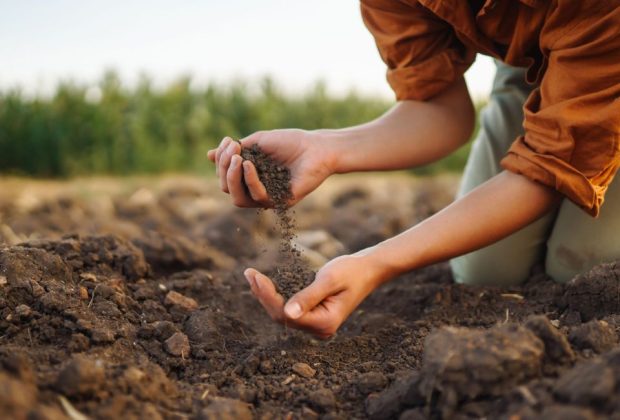Biofertilizers obtained from livestock manure can compete with conventional fertilizers and have less environmental impact
The presentation of the results of FERTIMANURE in Catalonia has been carried out within the framework of the PRO-FEM conference, a reference event for the livestock sector in Catalonia

The biofertilizer products that have been obtained in the biorefineries of the European FERTIMANURE project, coordinated by the BETA Technology Center of the University of Vic – Central University of Catalonia (UVic-UCC), have shown an agronomic performance equivalent to that of conventional fertilizer products, and similar and, in some cases, even minor environmental impacts. As for the end user, the project has detected that farmers are predisposed to preferentially use this type of products, and that the factors that can most affect their decision are the safety and price of the new products.
It has also been identified that one of the factors that can help biofertilizers obtained from livestock manure to be more competitive in the fertilizer market is to incorporate, as part of the same process, some energy recovery technologies, such as now digestion. anaerobic (to produce biogas). Furthermore, FERTIMANURE has worked to demonstrate that some of the recovered biofertilizers can be attractive for the organic farming sector. For this reason, documents with recommendations have been generated, which will be shared with the European Commission, the Catalan Government and the Spanish Government.
The results of this project are of great interest in the Catalan area, but also at the European level, since they directly affect one of the main management challenges of livestock activity. Livestock farming is the economic activity that makes the greatest use of land in Europe, either directly or indirectly: together, livestock farms can generate up to 1,400 tons of manure each year, of which only a very small fraction ends up being processed. and the rest is applied to agricultural soil as fertilizer, thus causing a strong environmental impact.
To help reverse this situation, the European Commission is committed to projects such as FERTIMANURE, which help develop, evaluate and validate innovative strategies to manage part of this waste and recover mineral nutrients, in order to produce reliable, safe and competitive fertilizers in the world. market.
Eighteen biofertilizer products obtained in five biorefineries
FERTIMANURE is a reference project in Europe in the field of valorization of livestock manure in the form of biofertilizers, that is, fertilizer products obtained from nutrients recovered from materials of biological origin.
The main objective of the FERTIMANURE consortium, made up of twenty European partners and also from Argentina and Chile, has been to propose new technological strategies for the sustainable management of excrement, taking into account the safety and performance of the recovered products; the environmental, economic and social sustainability of the process, and the business models that may arise. In Catalonia, the Department of Climate Action, Food and Rural Agenda of the Generalitat, the La Plana de Vic Cooperative and the LEITAT Technology Center have also been part of the project.
The FERTIMANURE project has evaluated the real-scale operation of five biorefineries in European territories with a high concentration of livestock. Each of these facilities has proposed a combination of technologies designed to valorize at source the most common livestock manure in Europe (pig manure, cow manure and chicken manure), in order to obtain biofertilizers. Specifically, it has recovered eighteen different products, some rich in nitrogen, others richer in phosphorus, products with high organic carbon content and biostimulants.
In Catalonia, the project has included a biorefinery at the Cal Ros farm, in Muntanyola (Osona), designed to treat pig manure. In this case, the biorefinery included a solid-liquid separation unit and two differentiated treatment trains, biodrying and a thermal process for the solid fraction, and membrane contactors, reverse osmosis, cryoconcentration and microalgae reactors for the liquid fraction. In parallel, however, chicken manure recovery tests have also been carried out.
